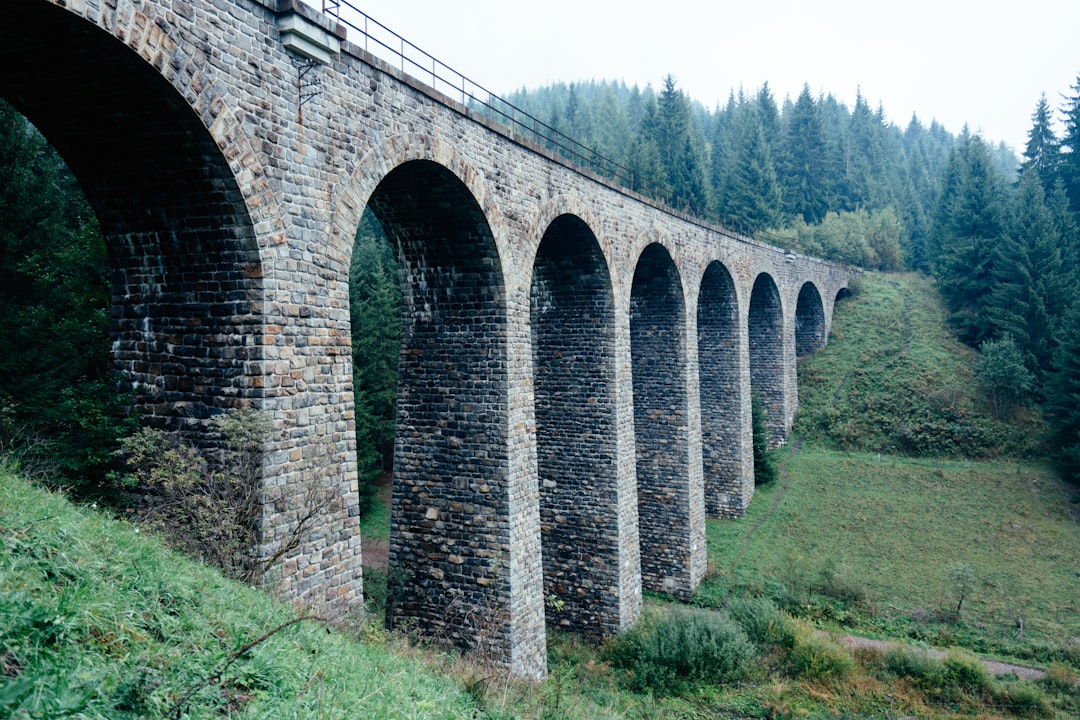What is it about?
Dual channel cable-in-conduit conductors (CICCs) used in tokamaks such as International Thermonuclear Experimental Reactor (ITER) consist of annular channel packed with superconducting strands and a clear central channel separated by a spiral from the annular channel. Supercritical helium (SHe) operating at 4.5 K and 0.5 MPa is used for forced convective cooling of CICC. Pressure drop is inevitable in the process of forced convective cooling, leading to the development of velocity gradients and temperature gradients. These velocity gradients and thermal gradients result in entropy generation in CICCs. The present work aims at estimating volumetric rate of entropy generation (EG) in dual channel CICC. Subsequently, entropy generation minimization (EGM) technique is used to find optimum mass flow rate at which volumetric rate of EG is minimum. Pumping power and heat transfer corresponding to minimum rate of EG are also calculated. Computational fluid dynamics (CFD) is used as a tool to estimate EG as the analytical solution for turbulent forced convective flows requires inaccurate simplifications. A three dimensional model of dual channel CICC is developed in GAMBIT-2.1 and solved using a compatible solver FLUENT-6.3.26. The annular region of CICC is assumed to be porous and the central channel is assumed as clear region for EG analysis using CFD. The pressure gradients and heat transfer coefficient estimated from the simulations are validated against relevant experimental results available in the literature. The effect of mass flow rate on volumetric rate of EG in turbulent forced convective flow is studied using CFD.
Featured Image
Read the Original
This page is a summary of: Entropy generation minimization (EGM) to optimize mass flow rate in dual channel cable-in-conduit conductors (CICCs) used for fusion grade magnets, Fusion Engineering and Design, June 2014, Elsevier,
DOI: 10.1016/j.fusengdes.2014.05.001.
You can read the full text:
Contributors
The following have contributed to this page










